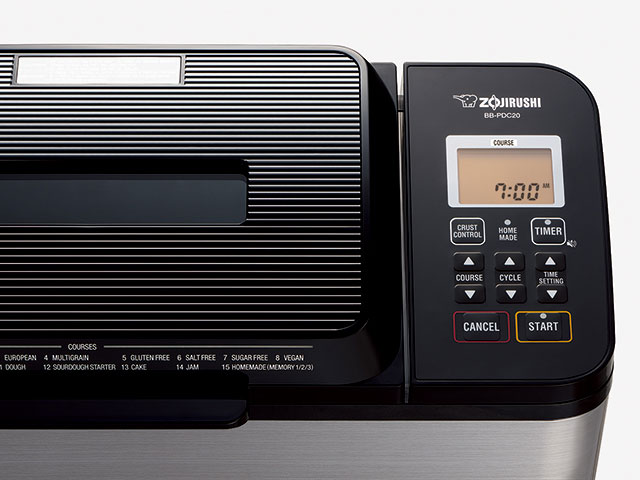Month: July 2018
An Acquired Taste of Japan – Narezushi!
Read more: An Acquired Taste of Japan – Narezushi!Nigiri or maki? Your choice or omakase? Sushi is a favorite Japanese food the world…

Product Inspirations – Home Bakery Virtuoso® Plus Breadmaker (BB-PDC20)
Read more: Product Inspirations – Home Bakery Virtuoso® Plus Breadmaker (BB-PDC20)We have a new breadmaker and IT. IS. AMAZING! The Home Bakery Virtuoso® Plus is…
The Voices of Zojirushi – Marilyn!
Read more: The Voices of Zojirushi – Marilyn!We hope you’re enjoying our Voices of Zojirushi series. We’ve enjoyed sharing perspectives from Jesse,…
It’s National Ice Cream Month!
Read more: It’s National Ice Cream Month!How can I not write stuff about ice cream on National Ice Cream month? As…